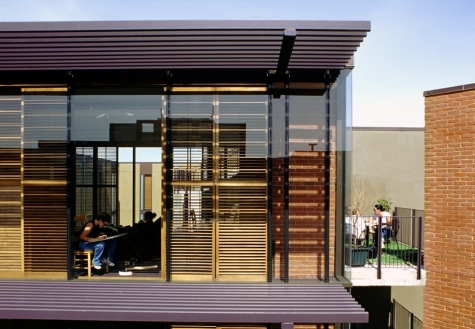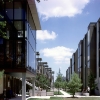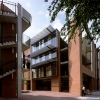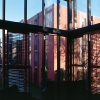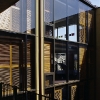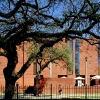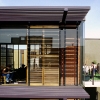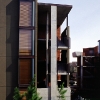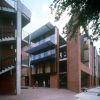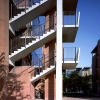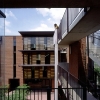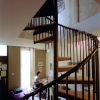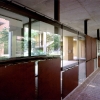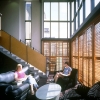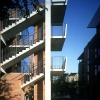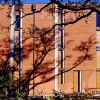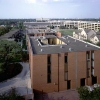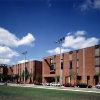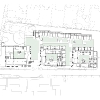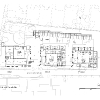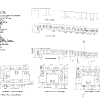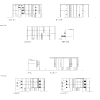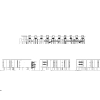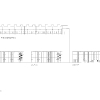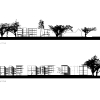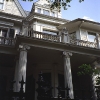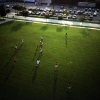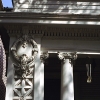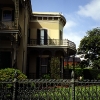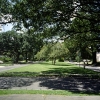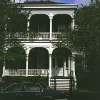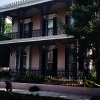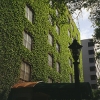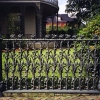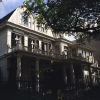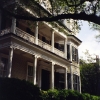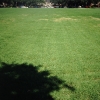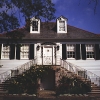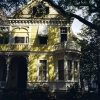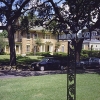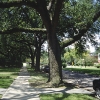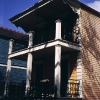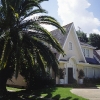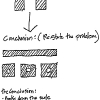Tulane University – Willow Street Residence Hall
Project Description
The Student Housing at Willow Street project is one of highly divergent and seemingly incompatible requirements. The architecture itself is the vehicle of consensus-building, its configuration the sponsor of the coexistence of disparate programs and interests.
Tulane University is just north of Audubon Park on St. Charles Avenue where the trolley cars amble east-west all day. The campus is embedded in residential neighborhoods of varying character and size, including the lovely and venerable Audubon Boulevard, lined with historical houses and ancient oak trees. At mid-campus, the great Sophie Newcomb lawn joins Tulane, perpendicular to its north-south orientation.
The site for a new dormitory is further north at the crossing of Willow Street and McAllister Extension. This intersection is the beginning of the “back campus”, once occupied by the Sugar Bowl Stadium. When the stadium was razed in the early 1980’s, the vacant space spawned a series of new buildings which are decidedly more suburban than the rest of the campus. The Willow Street housing project strives to return a collegiate atmosphere to this part of the campus while respecting the delicate residential edge condition. Homeowners to the west along Audubon Boulevard could not, at first, envision any possible circumstance in which student housing could reside comfortably adjacent to their back fences. The “ranges”, a term borrowed from the second tier of buildings off the lawn at the University of Virginia, serve as a garden wall, screening the student housing from the Audubon neighbors. Bringing comfort to the homeowners, the “ranges” provide unique living environments for honor students.
To the wide-eyed student, New Orleans is a thick, rich gumbo; the desire is to live off-campus. However, financial constraints and the concerns of life in the 90’s give the student (and the student’s parents) pause. The University — specifically, the Office of the Provost — realizing this and the reality of competition with other institutions, visualizes a collegiate community which will be as attractive to the student as is New Orleans at large. The Board of Directors have taken this objective to heart and encouraged an architecture informed by the distinctive features of traditional New Orleans buildings.
The Willow Street project design incorporates many of these features including tall, generous windows with interior wood shutters, brick and stucco facades, metal work details, stairs and balconies and most importantly, the exterior courtyard. Of similar size and proportion to local French Quarter spaces, these courtyards provide necessary shade and vegetation in the traditional New Orleans manner. They also provide specific social spaces for student interaction, an extremely important aspect to the Office of Residential Life and the Senate Committee for Student Affairs. And as Campus Security is acutely aware of Tulane’s position in this colorful and often tough port city, these courtyards help to establish clear zones of security for students.
